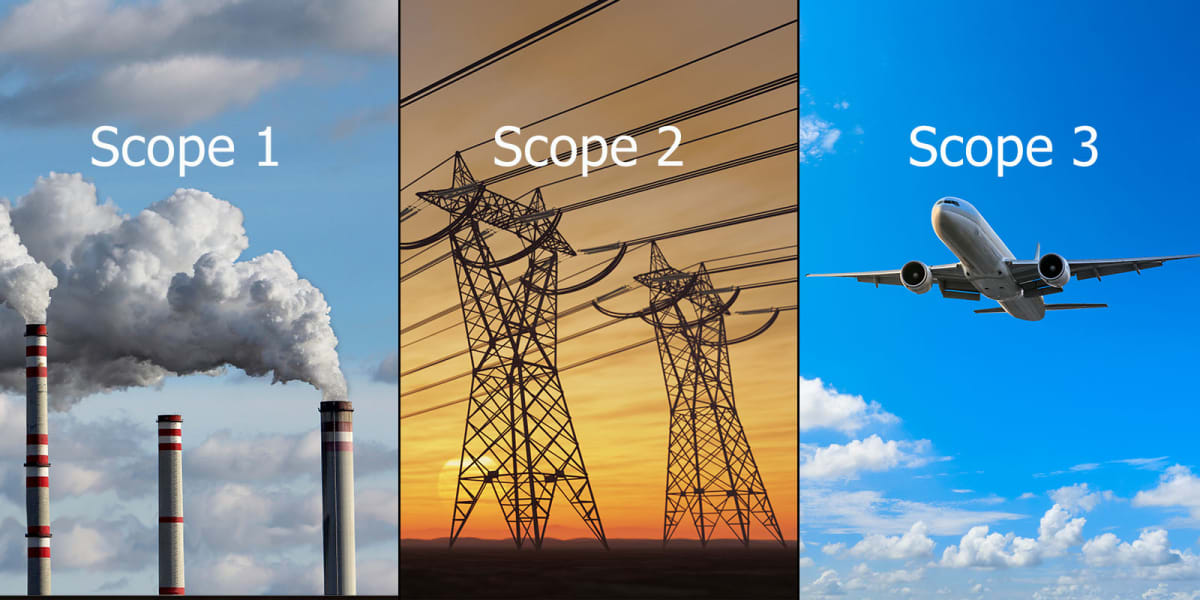A lot of people are familiar with the basics of the science of climate change. One key aspect, often referred to as global warming, is the rising overall temperature of the globe attributable in large part to the burning of fossil fuels. When burned, fossil fuels emit certain gases that accumulate in the earth’s atmosphere causing heat to be trapped below. Over recent time, the earth’s temperature has been steeply rising and more and more severe weather events, attributable to climate change, are causing devastation and displacement. Climate refugees, disrupted supply chains, and even political instability reflect the havoc climate change is reaping.
In recognition of the dire consequences already afoot, countries, corporations and people around the globe are rallying to combat climate change. As individuals, people are reducing their consumption in general, opting for renewable energy where possible, and engaging in their local communities for climate action. Countries committed to combating climate change set targets for emissions reduction. Likewise, corporations that recognize the importance of climate action create ambitious goals and steadily work to alter the current trend.
The first world conference on climate change was held in February 1979, but little attention was paid. However, over the course of the last two decades, organizations like CDP (originally the Carbon Disclosure Project) and the Global Reporting Initiative have set the stage for how to actually calculate emissions and create actionable plans. To this end, emissions have been divided into three categories – Scope 1, Scope 2, and Scope 3. The world shares one atmosphere and all emissions matter but distinguishing these three kinds of emissions allows organizations to prioritize their actions.
Scope 1 emissions are those that an organization is directly responsible. For example, those smokestacks pouring carbon dioxide and other greenhouse gases directly into the atmosphere.
Scope 2 emissions are those that an organization emits indirectly as result of the energy they themselves use. Included in Scope 2 emissions are emissions associated with the kind of electricity they consume. Electricity generated by burning fossil fuels such as coal results in scope 1 emissions for the coal-burning plant, but those emissions are categorized as scope 2 emissions for the consumer of the electricity. Thus, as organizations move to reduce their emissions, they replace the kind of electricity they consume with renewable energy such as solar and wind.
Scope 3 emissions are generated as a result of goods and services consumed by an organization. The organization itself doesn’t directly emit Scope 3 emissions, but Scope 3 emissions are implicit in the goods and services they consume. For example, business travel includes the emissions from the fuel burned in transportation. Scope 3 emissions include all the emissions from the production of the products that an organization purchases. As organizations mature their climate actions, they pay more and more attention to Scope 3 emissions. These can be seen as emissions from the organization’s value chain – both upstream and downstream. To accomplish their scope 3 emissions goals many organizations have begun to put pressure on their suppliers to in turn reduce their emissions. I’ll talk more about that in my next blog. Meanwhile, here at illumynt we are working to reduce Scope 3 emissions for our customers by keeping electronic assets out of the waste stream. We’ll talk more about that soon too.
Join me in my continuing blog series as I discuss all things related to sustainable electronics.




